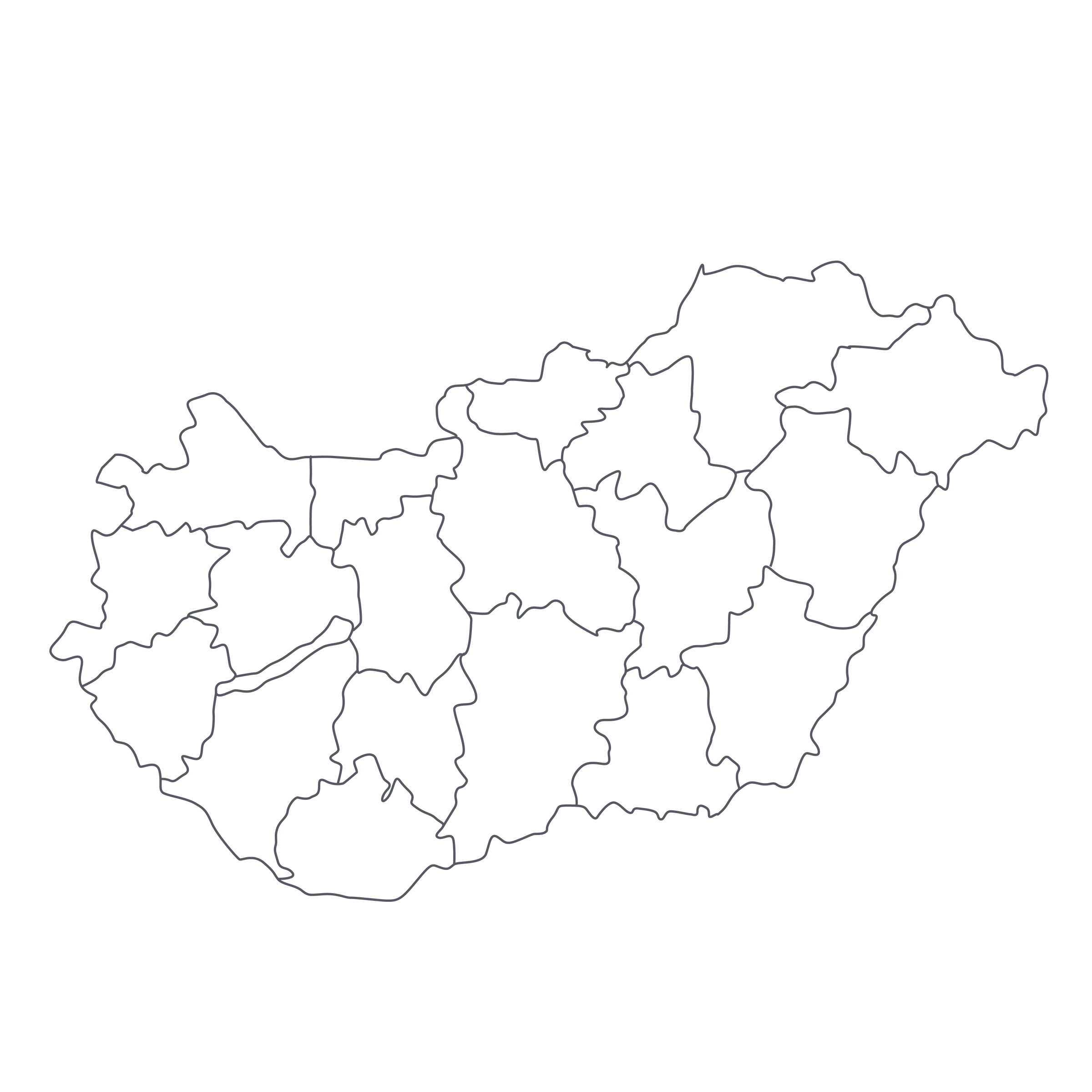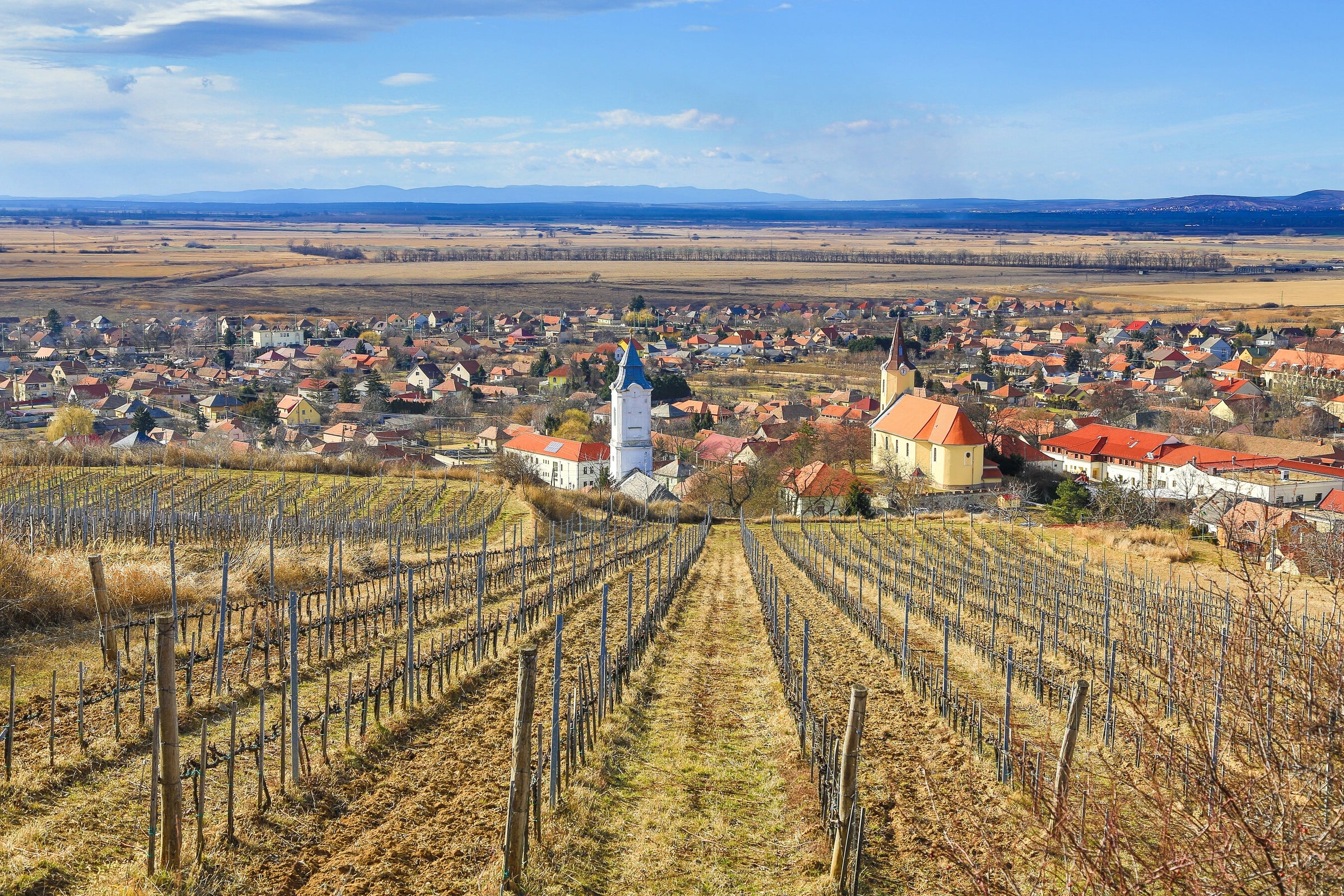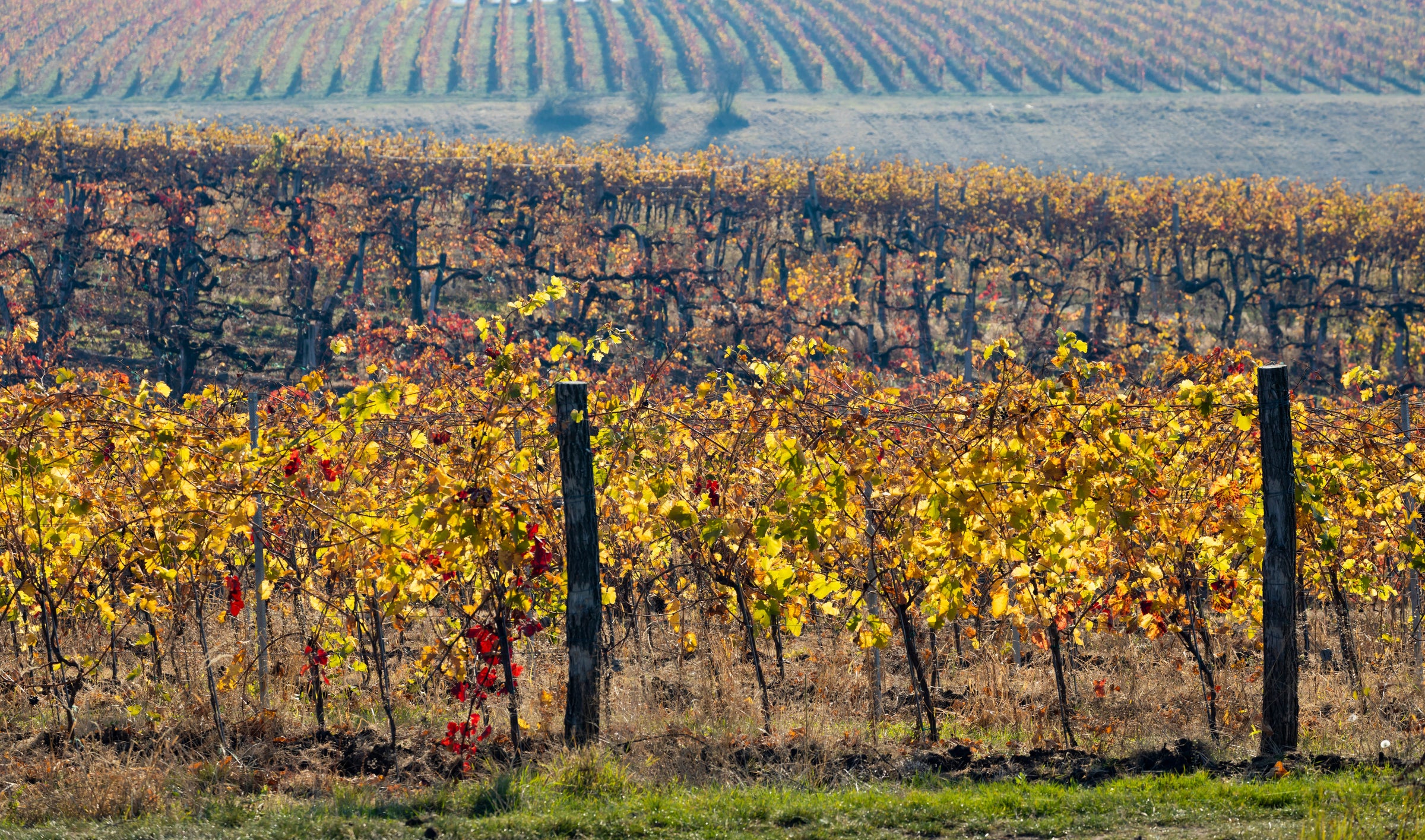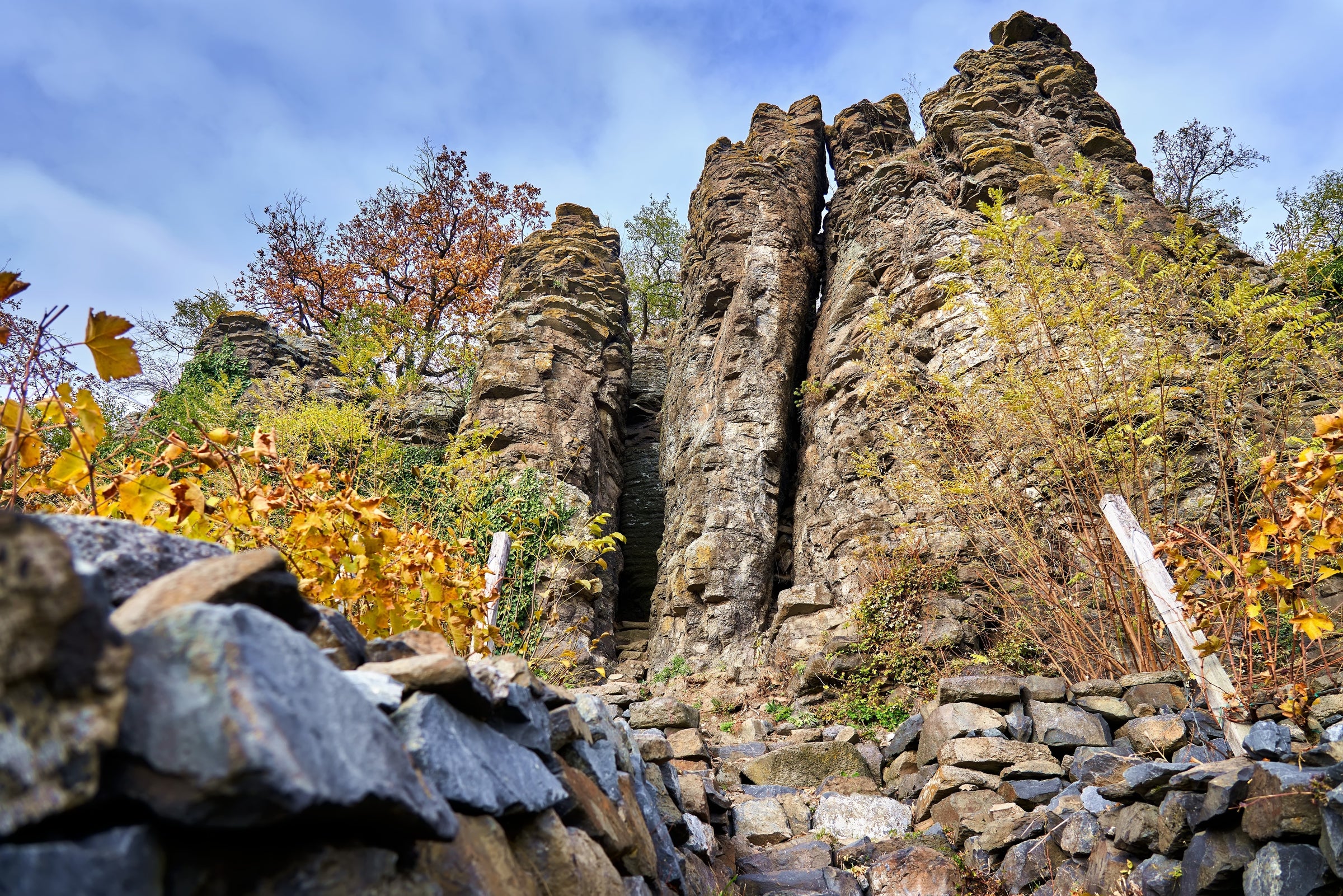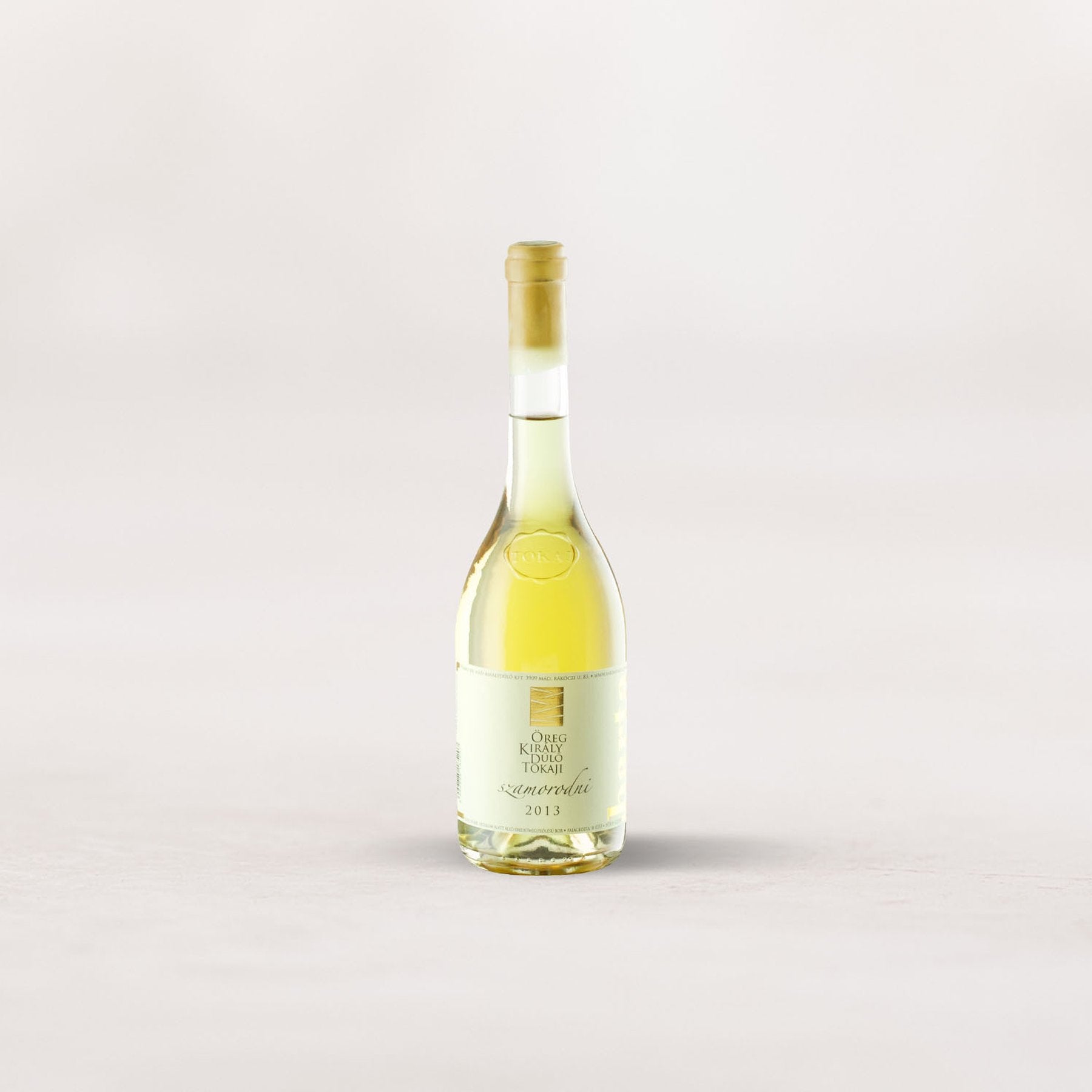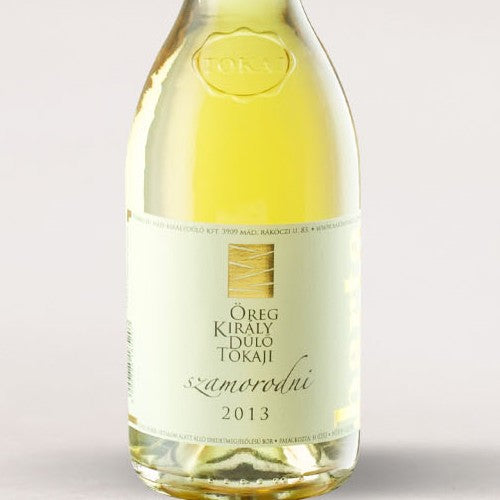An aged bottle of Barta Szamorodni is among the most singularly delicious and joyful nectars one could hope to own, assuming you can find one. Outside of today’s special offering and a few establishments with a Michelin nod of approval, I don’t think any other bottles, regardless of vintage, are available for purchase. First and foremost, don’t let the word Szamorodni intimidate you: At its core, this is exhilarating, liquid-gold refreshment from Hungary’s fabled region of Tokaj.
Today’s bottle, however, is a super-charged and historically important example since it (1) marks the inaugural release from white-hot Barta and (2) hails from a medieval vineyard that they themselves nursed back to life. That vineyard is the steeply terraced “Öreg Király,” a 737-year-old site that’s been heavily documented as a First Growth in Tokaj’s history books. In a region where sweet Tokaji wines used to be more valuable than gold itself, the “rebirth” of this site has caught the attention of wine lovers the world over, as has Barta’s 2013 Szamorodni. This is a charming and buoyant wine with massive swells of acid and savor that Sauternes could only ever dream of matching. In short, it’s a deliciously sweet, light-on-its-feet nectar for before, during, and after dinner. It’s also incredibly limited—no more than six bottles per person.
NOTE: If you’re a devotee of sweet Tokaji wines, set a reminder on your phone for part two later today. Hint: It’s a hedonistic, world-best Aszú stunner.
Located in the village of Mád, just northeast of Tokaj proper, Barta’s winery/cellar is a baroque, 16th-century mansion that was renovated prior to their inaugural release in 2013. This small artisan estate has spearheaded the growing movement of restoring neglected vineyards—ones previously considered among the finest in the country before their destruction by war and Communism.
Abandoned since World War II, Barta single-handedly rescued the “Öreg Király” (“Old King”) vineyard in the early 2000s and began nursing it back to its former prestige. A “First Growth” site of yore, with mentions as far back as the 13th Century, Öreg Király is an imposing, rounded hill with a vertiginous vineyard climbing up one side. It’s steeply terraced with rock walls that were hand-built centuries ago and its volcanic tuff and red clay soils result in powerful, terroir-expressive wines. Today, it is farmed with organic principles and worked entirely by hand.
Szamorodni loosely translates to “as it comes off the vine.” Essentially, in 2013, the Furmint grapes were harvested by the cluster versus by the berry with each cluster containing about 80% noble rot (botrytis). In the winery, the grapes were entirely de-stemmed and macerated for 16 hours prior to spontaneous fermentation in new and used Hungarian barrels. After 18 months of maturation, the wine was bottled and allowed to rest for several more years in the cellar.
Barta’s 2013 Szamordoni is remarkably sweet and toothsome while being the antithesis of cloying. The combination of lower alcohol (11.7%) and seven grams of acidity simply makes the 115 grams of sugar per liter feel light as a feather. This medium-bodied stunner joyfully dances across the palate with notes of ripe mango, white peach, quince, grilled apricot, candied citrus, button mushroom, wet rock, acacia honey, and sweet yellow flowers. It’s juicy, refreshing, bright, and delightful throughout, making it the perfect apéritif or after-dinner sipper for several evenings. Your unopened bottles will easily keep for another 1-2 decades if properly cellared. Cheers!
